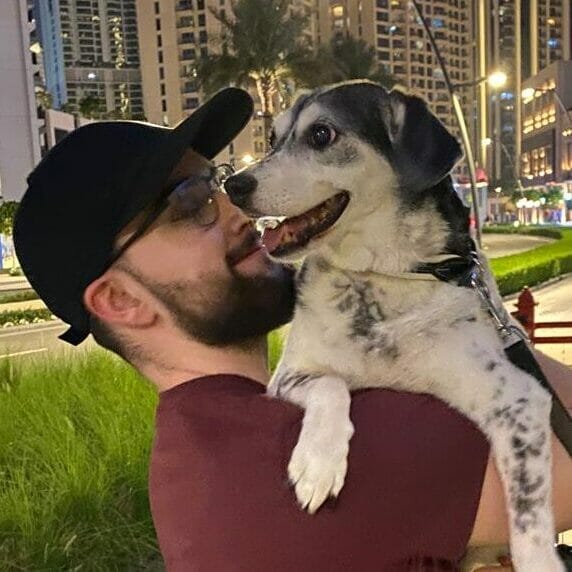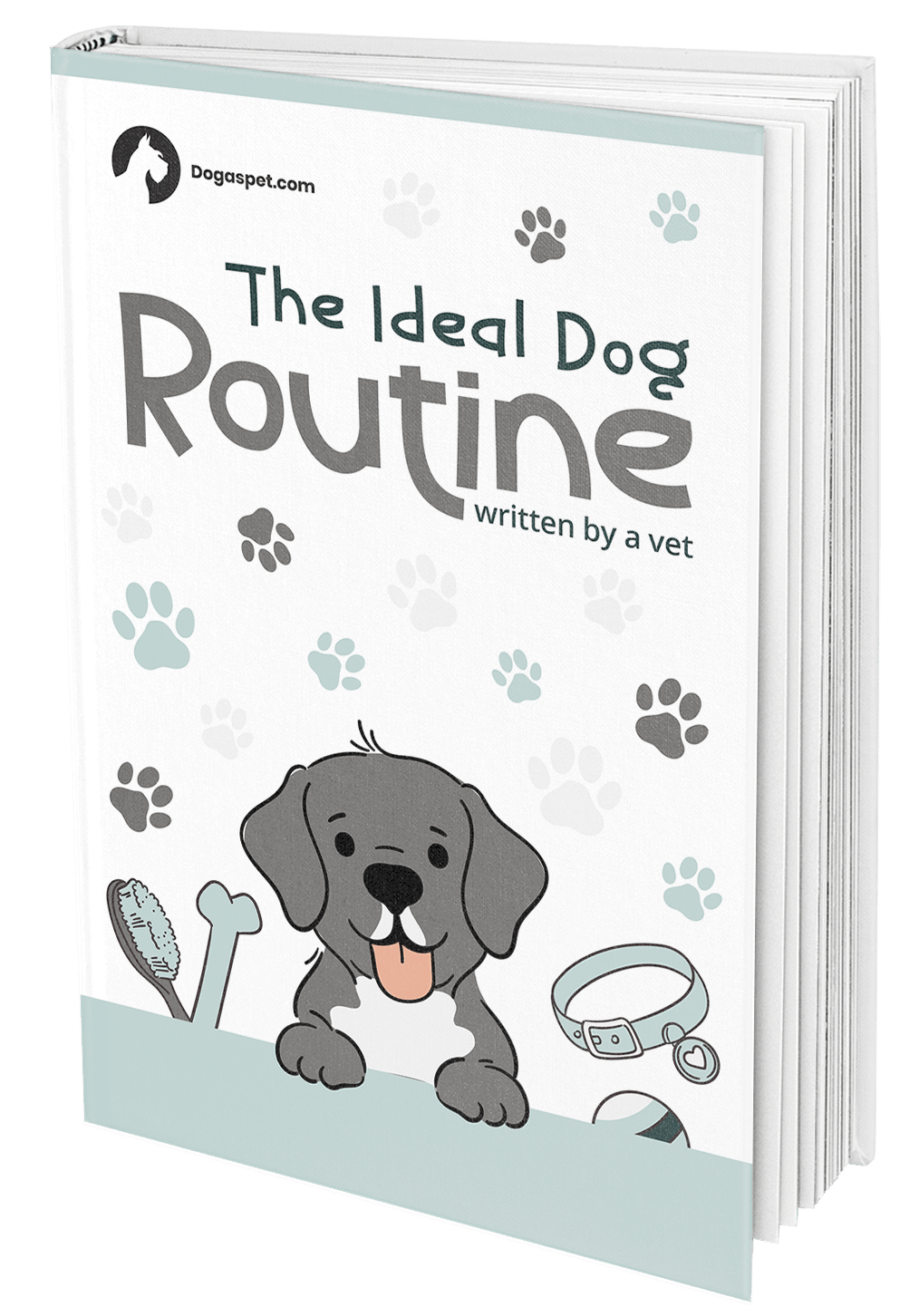All dog owners can agree that dogs come with a lot of fun and weird quirks all over their bodies. One of those features that stand out the most is the existence of swirls on their bum. While the jury is exactly not sure why these swirls occur, there are a few theories for them. Let’s find out!

One of the most common theories for why dogs have swirls on their bum is to help them attract mates. This theory seems plausible; after all, a dog’s butt is one of its most prominent features. But there are some other great theories as well. Some people believe that these swirls can help dispense heat and help dogs keep cool during the summer.
However, out of all the theories, the most likely explanation is that dogs’ hair swirls simply because that’s the way a dog’s fur grows. The answer to the question could be as simple as why humans have whorls on their heads. Regardless of why dogs have swirls on their bum, it is undeniably one of the most adorable features of dogs.
Table of contents
Do Dogs Have Butt Cheeks?
Another quirky thing about dogs is their butt. Besides the swirls on their bum, you’ve probably noticed how they have a distinct butt structure. You may have found yourself confused with a question, which is rather weird yet perfectly valid, that is, do dogs have butt cheeks? Technically speaking, dogs do not have butt cheeks as humans do. What they have is actually gluteal muscles, which help them move around.
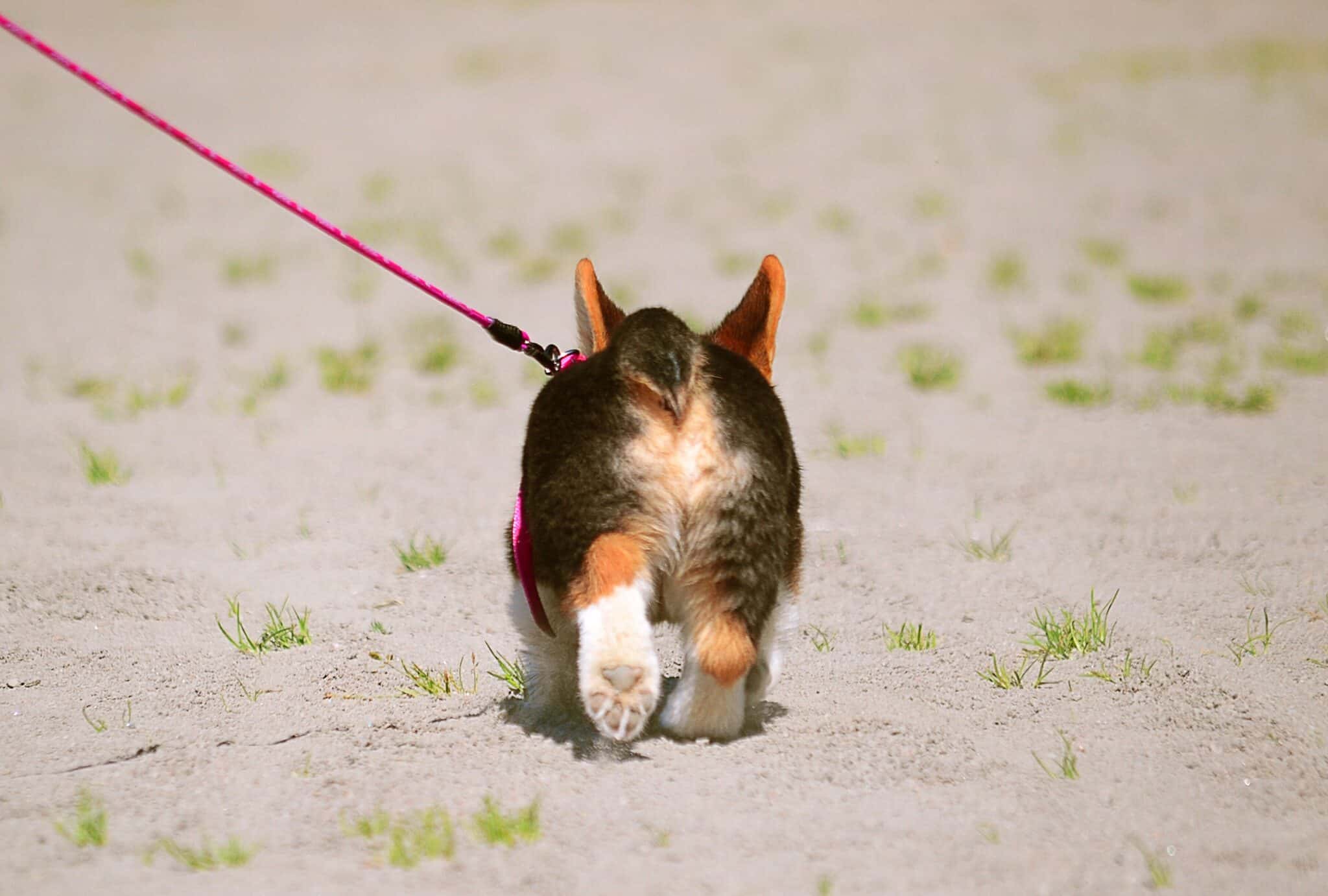
While this may seem a bit complicated for us humans, it is actually beneficial for dogs. The fact that dogs do not have butt cheeks makes it easier for them to pass their stool without any restriction. Since dogs do not use toilets like us, having butt cheeks will be problematic for them and may cause a mess.
So, how do they sit?
If dogs do not have butt cheeks, how do they even sit? It’s simple; they just sit on their butt holes. Dogs do not have cushioning around their butt holes for them to sit on. So, sitting can be uncomfortable for them sometimes. It becomes hard for them if they are not sitting on a flat surface.
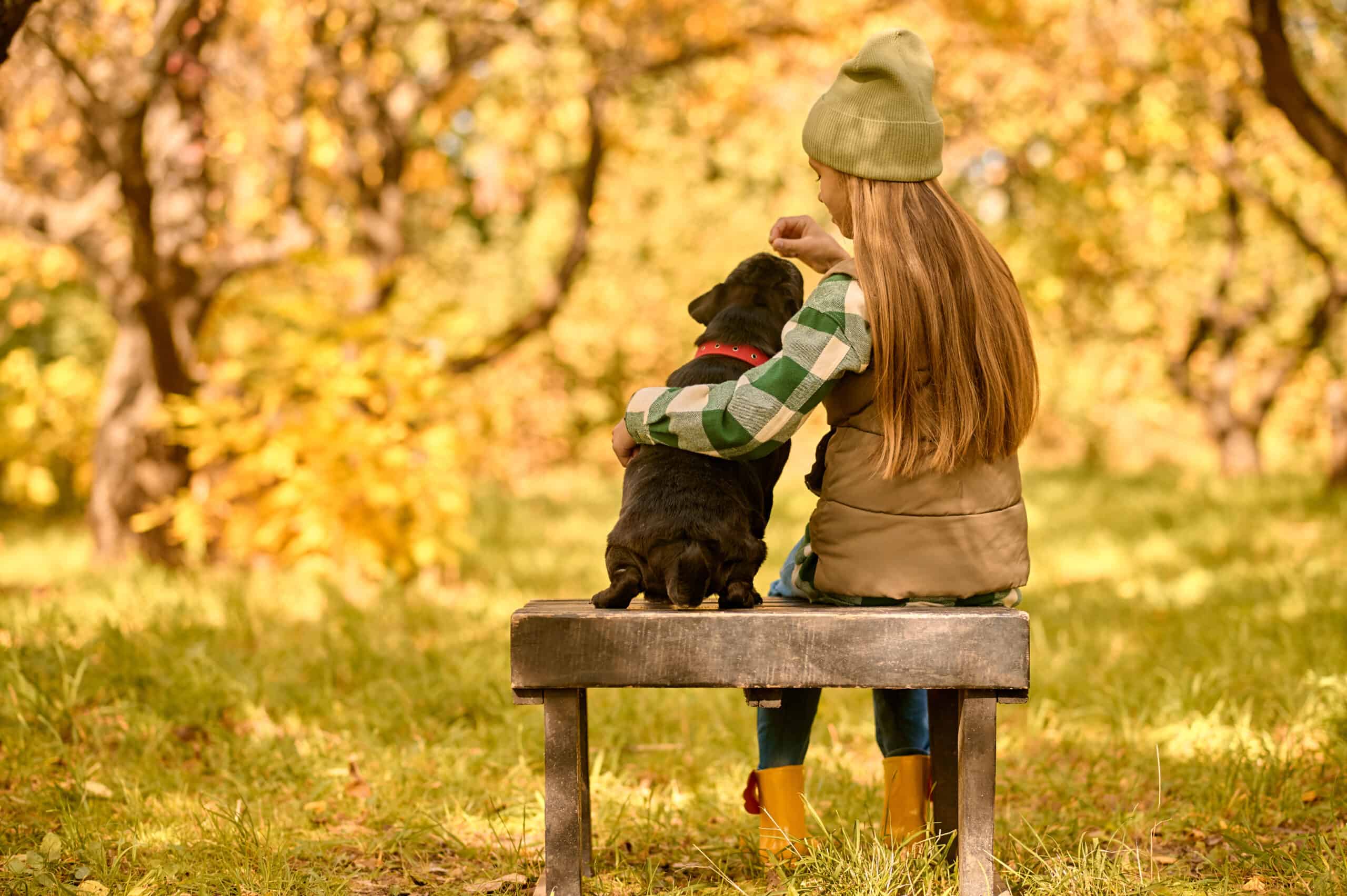
This leads to another question, can dogs fart if they don’t have butt cheeks? Well, if you’re a dog owner, you’ve probably seen or heard them fart out loud. So, yes. Dogs can pass gas and fart without having butt cheeks.
What are Cowlicks on Dogs?
Cowlicks are actually a very common phenomenon occurring on a dog’s fur. Basically, they are just a bunch of fur that grows in a particular direction. They can either occur in a clockwise or counterclockwise direction. Normally, cowlicks on the left side of a dog’s body follow a counterclockwise direction, while the ones on the right follow a clockwise direction.
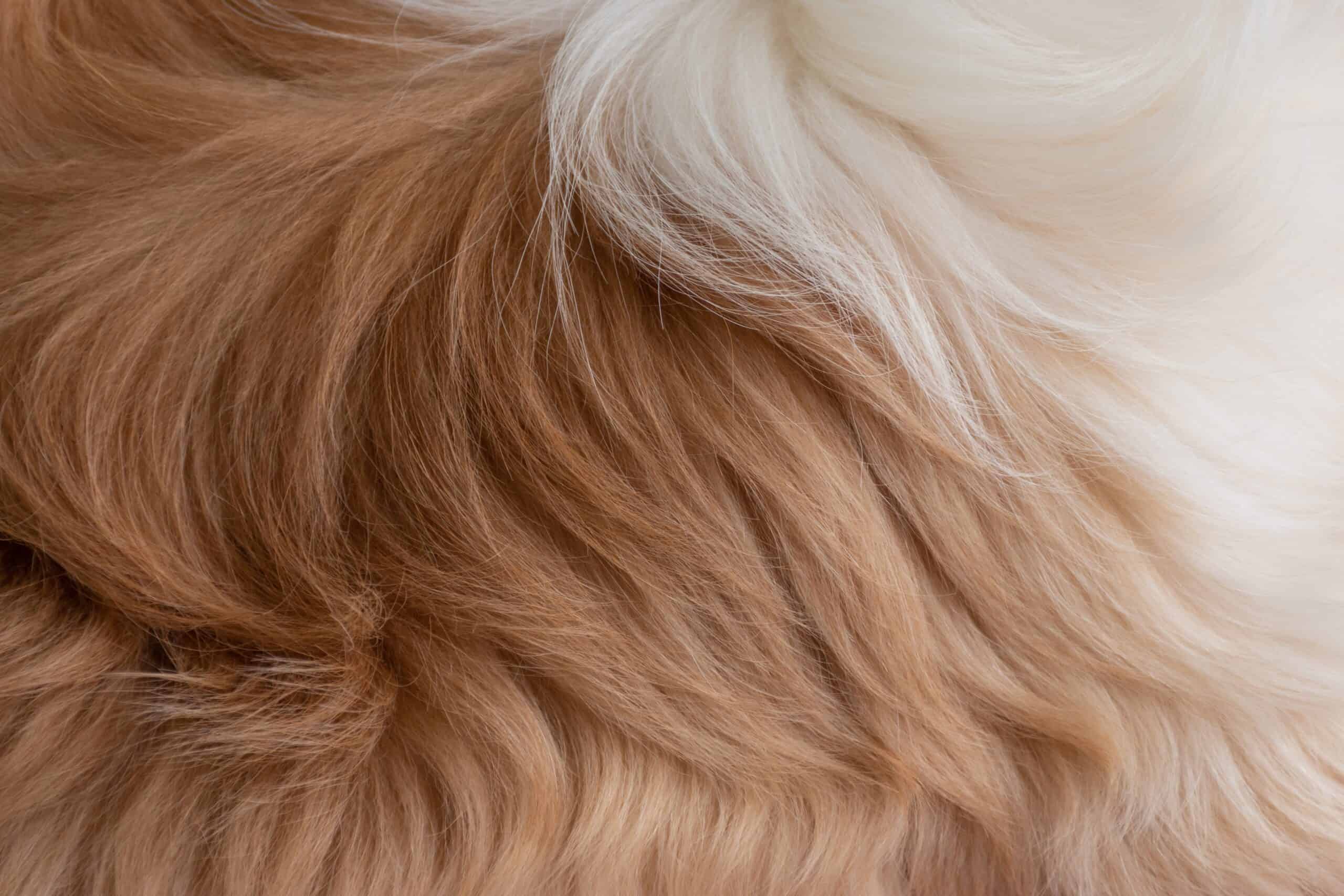
In dogs, cowlicks often appear on the forehead and are also most noticeable there. However, they can also appear in different parts of the body where there is hair. Some of the common areas where you might see cowlicks on a dog’s body are – the rump, chest, back of the legs, and elbows. Some dogs may even have cowlicks on their faces.
Just like whorls on humans, no two dogs have the same-looking cowlicks on their bodies. Even if they are of the same breed, they may have cowlicks on different parts of the body. Moreover, some cowlicks may be bigger than others and can also be more pronounced. But regardless of the shape and size, we can all agree that a cowlick adds personality to your dog.
How Can You Get Rid of Cowlicks on Dogs?
If you’re not a fan of cowlicks on your dog, you’re probably wondering how you can get rid of them. Unfortunately, it is not possible to completely get rid of cowlicks on dogs. However, there are a few things you can do to minimize their appearance. Regular brushing and grooming can help a lot in making them look less pronounced. You can also use a leave-in conditioner to weigh down the hair so that the cowlicks do not look messy.
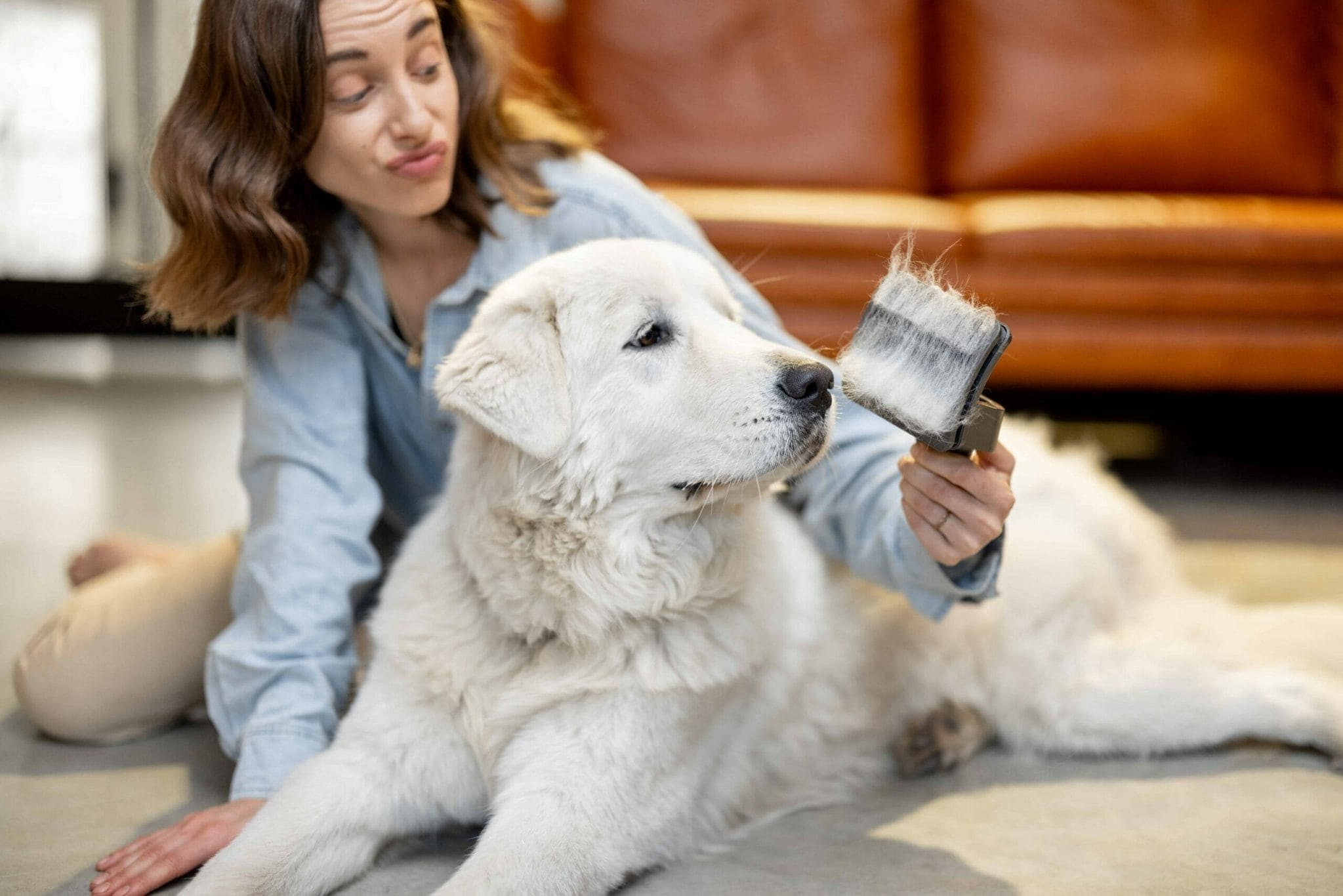
Dog Breeds with Cowlicks
As mentioned earlier, cowlicks are extremely common in dogs. They tend to appear a lot more in dogs that have a long and dense coat.
Breeds that are susceptible to cowlicks are Havanese, Yorkshire terrier, and Maltese dogs. That does not mean that dogs with short coats can be free from cowlicks. Even dogs with short coats like Rhodesian ridgebacks can have cowlicks on their backs.
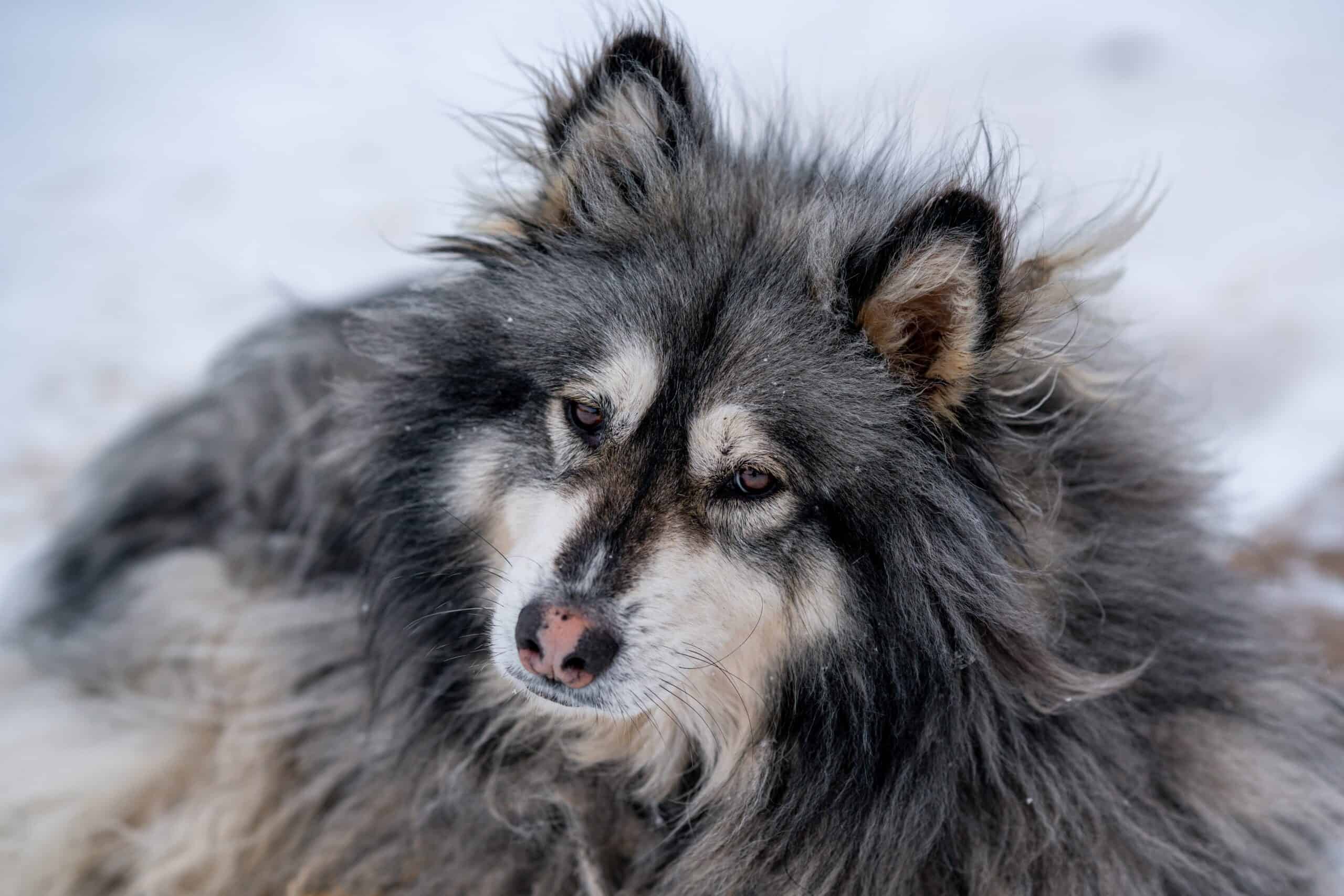
Five Interesting Facts about Dog Hair Whorls or Cowlicks
Here are some interesting facts about cowlicks, also known as hair whorls, so that you can learn more about them:
- Cowlicks can grow in two different directions. The direction can be either clockwise or counterclockwise.
- Besides the direction, cowlicks can also come in two different types. They can be either simple hair whorls or tufted hair whorls. Simple hair whorls originate from a central point that diverges into a swirling pattern. On the other hand, tufted hair whorls have hairs converging from several areas to a central point.
- Hair whorls or cowlicks tend in grow in 10 specific areas. But the most common area in almost every dog is the chest, rump area, elbow, and front legs.
- Cowlicks can give you an idea about your dog's personality. For example, the location and direction of a dog's cowlick can show whether they will have left paw or right paw preference. It can also tell how bold or anxious a dog will be.
- The Rhodesian Ridgeback have a unique type of whorls. They have two whorls on either side of the backs. Their whorls also determine the standard for this. To consider the dogs as a qualified show ring, they should have two identical whorls on the opposite side of the back. Having just one or more than two is undesirable.
Conclusion
With that, we come to the end of this article. Hopefully, you’ve learned a lot more about the swirls and cowlicks that you might see on your dogs. Even though some people might consider them ugly or undesirable, cowlicks definitely add personality to your dogs and make them unique.
